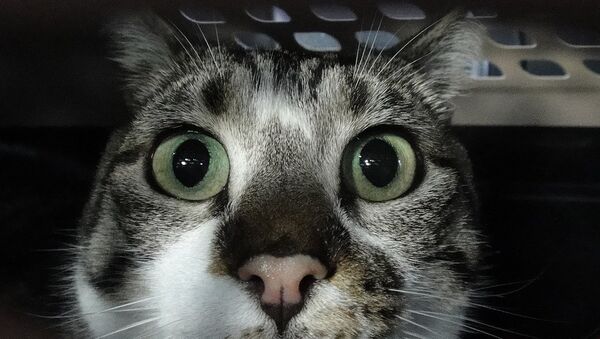The cat, which is known to wander outside its home in the small town of Kaycee in Johnson County, was diagnosed at the Wyoming State Veterinary Laboratory in Laramie, marking the third case within the last six months. The other plague-infected cats were found in the state's Sheridan and Campbell counties in August and November of 2018, respectively.
"Plague is a serious bacterial infection that can be deadly for pets and people if not treated as soon as possible with antibiotics," Dr. Alexia Harrist, state health officer and state epidemiologist with WDH, said in Friday's statement.
"The disease can be passed to humans from ill animals and by fleas coming from infected animals. We are letting people know of the potential threat in the cat's home area as well as across the state."
"While the disease is rare in humans, plague occurs naturally in the western United States in areas where rodents and their fleas become infected," she added.
According to the Centers for Disease Control and Prevention (CDC), a transmission from pet to human can occur through scratches, bites and "direct contact with infectious exudates or indirectly, as the pets may carry infected fleas to their owners."
Infected pets may experience symptoms such as enlarged lymph glands, fever, vomiting, dehydration and swollen neck, face or ears. For humans, similar symptoms, like tender lymph glands, fever and vomiting, are also experienced.
Officials are recommending that locals take measures to prevent the spread of the disease. Some precautionary methods include using insect repellent on footwear and pants, using flea repellent on pets and avoiding contact with rodent carcasses.
For those living in western US states, the CDC recommends that pets be regularly treated for flea control, stressing that they not be allowed to roam freely as a means to prevent them contracting the disease.
According to health officials, the US has an average of seven human plague cases each year. Since 1978, the Equality State has recorded only six such cases, with the last investigated in 2008.




